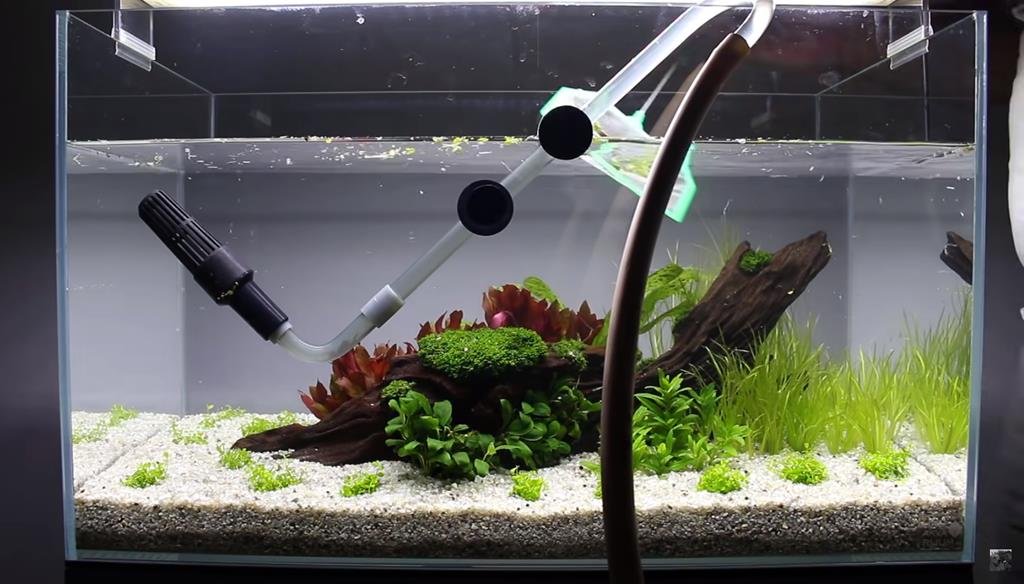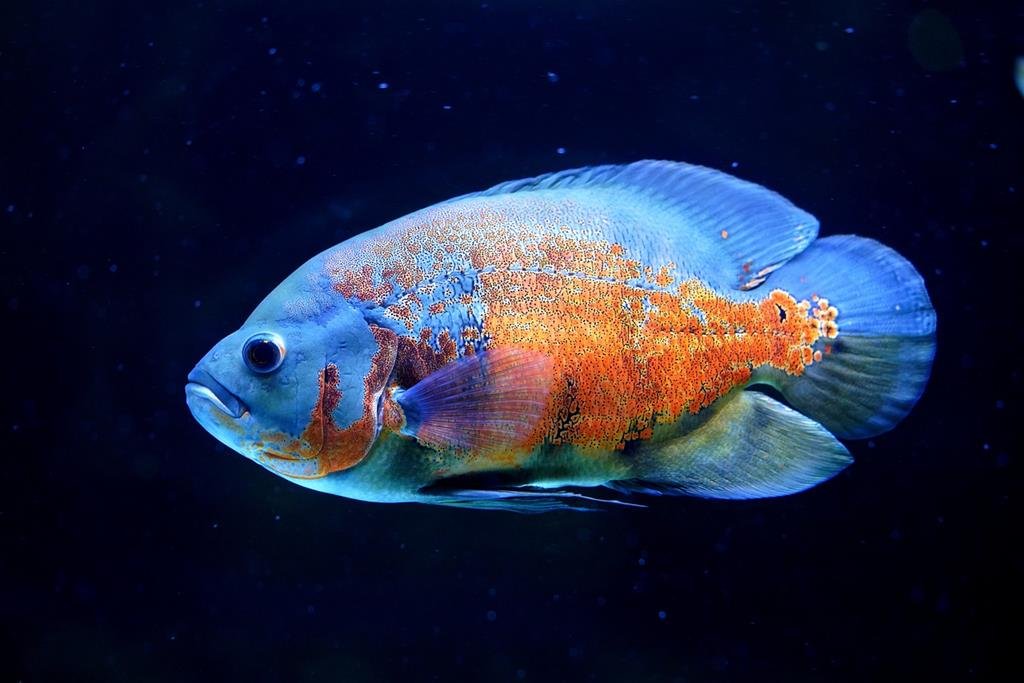Chlorine can take about 24 to 48 hours to evaporate from water. Factors such as temperature, air circulation, and volume of water can affect the evaporation time.
Chlorine is commonly used to disinfect water, but its strong odor and taste may be undesirable. When chlorine is left in water uncovered, it will naturally dissipate over time. However, other components such as chloramine take longer to evaporate and can take up to a week to dissipate from an open pitcher.
To remove chlorine and chloramine from water more quickly, using a de-chlorinating product or tap-safe water treatment is recommended. This process is essential for anyone concerned about the potential health effects of consuming chlorinated water or for those maintaining fish tanks where untreated water can harm aquatic life.
Understanding Chlorine And Water
The Role Of Chlorine In Water Treatment
Chlorine plays a crucial role in water treatment by effectively disinfecting water and eliminating harmful bacteria and pathogens. It acts as a powerful oxidizing agent, breaking down organic substances and preventing the spread of waterborne diseases.
Potential Risks Of Chlorine In Water
While chlorine plays a vital role in purifying water, excessive exposure to it can pose potential risks. High levels of chlorine in drinking water may lead to adverse health effects, including respiratory issues and skin irritation. Additionally, the by-products formed during the chlorination process can have negative impacts on human health and the environment.
Factors Affecting Chlorine Evaporation
Chlorine evaporation from water depends on various factors such as temperature, aeration, and surface area. Generally, it takes about 24 to 48 hours for chlorine to evaporate from tap water left in an open container. However, chloramine, a common water disinfectant, takes longer to dissipate and may require up to a week to evaporate from an open pitcher.
When it comes to removing chlorine from water, understanding the factors that affect its evaporation is essential. Exposure to air and sunlight, as well as temperature and pH levels, play prominent roles in determining how quickly chlorine dissipates from water.
Exposure To Air And Sunlight
One of the primary ways chlorine evaporates from water is through exposure to air and sunlight. When water is exposed to the open air and sunlight, the chlorine molecules present in the water begin to break apart and release into the surrounding atmosphere. The process of chlorine evaporation is accelerated when there is ample surface area for the water to interact with the air.
Temperature And Ph Levels
Temperature and pH levels also influence the rate at which chlorine evaporates from water. Higher temperatures tend to speed up the process of chlorine evaporation, whereas colder temperatures slow it down. Additionally, water with a higher pH level tends to have a higher rate of chlorine evaporation compared to water with a lower pH level.
It is important to note that while these factors affect chlorine evaporation, the exact time it takes for chlorine to completely dissipate from water can vary. Factors such as the initial chlorine concentration in the water, the volume of water, and the specific environmental conditions can all influence the duration of the evaporation process.
Chlorine Evaporation In Different Scenarios
Chlorine evaporation from water depends on factors like temperature, aeration, and surface area. In warm, aerated conditions, it can take about 24-36 hours to evaporate from tap water. However, chloramine, a chlorine compound, may take around a week to dissipate.
Evaporation In Open Containers
When it comes to evaporation of chlorine in open containers, the process can take about a week for the chlorine to dissipate. This means that if you leave a container of water exposed to the air for a week, the chlorine levels will gradually decrease until it reaches a negligible level.
Evaporation In Water Systems
Evaporation of chlorine in water systems such as swimming pools, hot tubs, or water treatment plants follow a different timeline. In these scenarios, the amount of chlorine present and the water volume are significantly higher compared to an open container. Therefore, the evaporation process can take longer.
Chlorine in water systems, especially in the presence of sunlight, undergoes a process called photodegradation, which helps to speed up the evaporation process. However, several factors such as temperature, humidity, and water circulation can affect the rate of chlorine evaporation.
In swimming pools and hot tubs with proper water circulation and regular exposure to sunlight, chlorine can dissipate within a few hours to a couple of days. It is important to note that the level of chlorine should still be maintained within the recommended range to ensure proper sanitation.
In water treatment plants, the concentration of chlorine is carefully maintained to meet safety and disinfection standards. As the water flows through the distribution system and reaches your tap, the residual chlorine concentration may still be present, but at much lower levels. This residual chlorine can be further reduced through additional filtration or by letting the water sit exposed to the air for a short period of time.
Methods To Accelerate Chlorine Evaporation
If you’ve ever wondered how long it takes for chlorine to evaporate from water, you’re not alone. Many people are concerned about the presence of chlorine in their water and want to know the best methods to accelerate its evaporation. In this article, we will explore two effective methods to help you remove chlorine from your water faster: Aeration and Agitation, and Chemical Dechlorination Agents.
Aeration And Agitation
If you’re looking to speed up the chlorine evaporation process, aeration and agitation are two effective methods you can try. Both of these techniques involve increasing the exposure of water to air, which helps the chlorine molecules to escape more quickly.
Aeration involves introducing air into the water, usually by stirring or splashing it. This can be done by simply pouring the water from one container to another, or using an aeration device such as a water pump or an air stone. The agitation caused by the movement of the water increases the contact between chlorine molecules and air, allowing them to evaporate at a faster rate.
Agitation, on the other hand, refers to the mechanical stirring or shaking of the water. This can be done by gently swirling the water in a container or using a handheld mixer. The goal is to create movement and disrupt the surface of the water, facilitating faster chlorine evaporation.
Chemical Dechlorination Agents
In addition to aeration and agitation, another method to accelerate chlorine evaporation is the use of chemical dechlorination agents. These agents are designed to neutralize chlorine and convert it into a harmless substance that can be easily removed from the water.
One commonly used chemical dechlorination agent is sodium thiosulfate. This compound reacts with chlorine to form sodium chloride and sulfate, effectively removing chlorine from the water. Sodium thiosulfate can be easily obtained from pool supply stores and is commonly used in the dechlorination of swimming pools and aquariums.
When using chemical dechlorination agents, it’s important to follow the instructions provided by the manufacturer. The recommended dosage may vary depending on the concentration of chlorine in the water and the volume of water being treated. It’s also important to allow sufficient contact time between the dechlorination agent and the water to ensure effective removal of chlorine.
In conclusion, if you’re looking for ways to accelerate chlorine evaporation from water, aeration and agitation are simple yet effective methods that can be easily implemented. Chemical dechlorination agents, such as sodium thiosulfate, can also be used to neutralize chlorine and expedite its removal. By using these methods, you can ensure that your water is chlorine-free in a shorter amount of time.
Best Practices For Chlorine Removal
When it comes to ensuring safe and clean water for consumption, it is essential to understand how to remove chlorine effectively. Chlorine is commonly used to treat water and kill bacteria, but the presence of chlorine in drinking water can have adverse effects on our health. In this section, we will explore best practices for chlorine removal, including ensuring safe levels for consumption and alternative water treatment techniques.
Ensuring Safe Levels For Consumption
Chlorine levels in water should be regulated to ensure it is safe for consumption. It is recommended to have chlorine levels below the maximum residual disinfectant level (MRDL) set by the EPA, which is typically around 4 parts per million (ppm) for most water supplies.
Here are a few best practices to ensure safe levels of chlorine in your drinking water:
- Regularly test your water for chlorine levels using chlorine test kits or by hiring a professional water testing service. This will help you monitor the chlorine levels and take necessary actions accordingly.
- If your chlorine levels are higher than the recommended limit, consider installing a whole-house carbon filter system. This type of filtration system will effectively remove chlorine and other contaminants from your water supply.
- For individual faucets or drinking water filters, opt for activated carbon filters. These filters are specifically designed to remove chlorine and improve the taste and odor of your drinking water.
- Letting tap water sit in an open container for a few hours can also allow chlorine to evaporate naturally. However, this method may not completely remove chlorine, especially if the concentration is high.
Alternative Water Treatment Techniques
If you prefer alternative methods to remove chlorine from your water, there are several options available:
- Chemical dechlorination: Adding chemicals like sodium thiosulfate or potassium metabisulfite can effectively neutralize chlorine in water. This method is commonly used in fish tanks or aquariums.
- Activated carbon filters: These filters are not only effective in removing chlorine but also help reduce other contaminants, improve taste, and enhance overall water quality.
- Vitamin C dechlorination: Using Vitamin C tablets or filtration systems can effectively neutralize chlorine, making it a safe option for drinking water.
- Boiling: Boiling water for around 20 minutes can help remove chlorine, but it may not be suitable for large quantities of water or everyday use.
By implementing these best practices and alternative water treatment techniques, you can significantly reduce chlorine levels and ensure clean, safe water for consumption.
FAQ’s
How Long Does It Take For Chlorine To Evaporate From 1 Gallon Of Water?
Chlorine in water can take anywhere from 1 to 5 days to evaporate. However, chloramine, which is a combination of chlorine and ammonia, takes longer to dissipate and can take about a week to evaporate. It is recommended to use de-chlorinating products or tap safe water treatment to neutralize chloramine.
How Long Does It Take For Chlorine To Dissipate From Well Water?
Chlorine can take about 1-5 days to dissipate from well water through evaporation.
How Do You Remove Chlorine From Tap Water Naturally?
To remove chlorine from tap water naturally, you can let it sit uncovered for 1-5 days or use a de-chlorinating product. Chloramine, a combination of chlorine and ammonia, will not evaporate and requires a de-chlorinating product. Vitamin C can also be used as a de-chlorinator.
How Long Does It Take For Chlorine To Burn Off Of Water?
Chlorine can take around 1-5 days to evaporate from water. However, chloramine, another disinfectant used in some water supplies, takes longer to dissipate and can take about a week to evaporate from an open pitcher. It is recommended to use de-chlorinating products or tap safe water treatment to neutralize chloramines.
Conclusion
To summarize, the process of chlorine evaporation from water depends on various factors, such as temperature, sunlight exposure, and air circulation. Chlorine can take anywhere from a few hours to a few days to evaporate completely. However, it’s important to note that chlorine in tap water can be dechlorinated using methods such as aeration or using dechlorinating products.
It is recommended to use these methods if you want to remove chlorine from your water efficiently.

